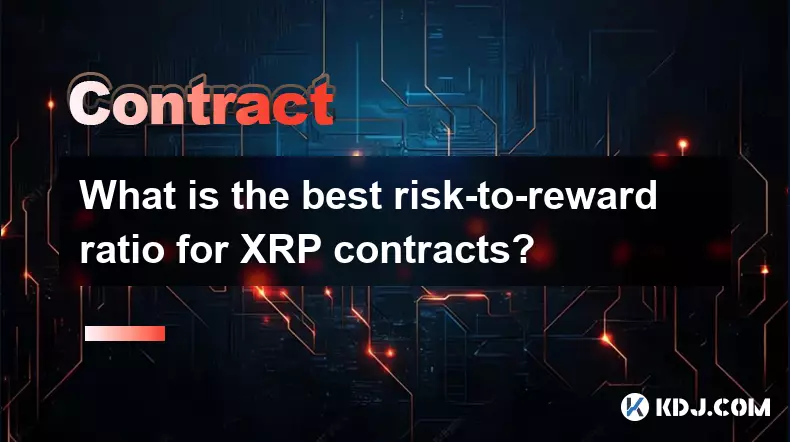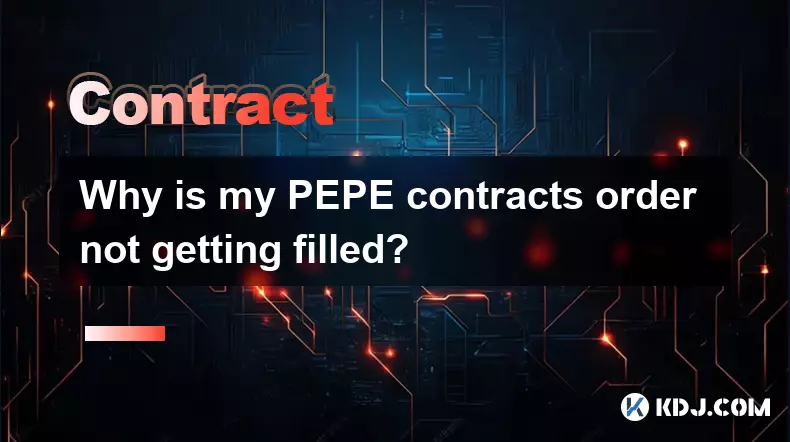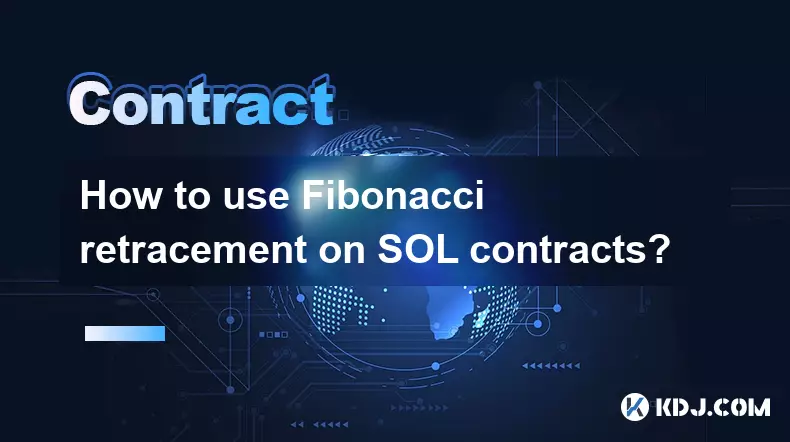-
 bitcoin
bitcoin $110918.433029 USD
-1.69% -
 ethereum
ethereum $3996.872473 USD
-2.43% -
 tether
tether $1.000594 USD
0.00% -
 bnb
bnb $1178.871834 USD
-2.38% -
 xrp
xrp $2.413973 USD
-3.47% -
 solana
solana $194.341461 USD
-4.24% -
 usd-coin
usd-coin $0.999963 USD
-0.03% -
 tron
tron $0.320092 USD
0.92% -
 dogecoin
dogecoin $0.196919 USD
-3.42% -
 cardano
cardano $0.669585 USD
-3.63% -
 hyperliquid
hyperliquid $37.485952 USD
-3.58% -
 ethena-usde
ethena-usde $1.000026 USD
-0.02% -
 chainlink
chainlink $18.018220 USD
-5.13% -
 bitcoin-cash
bitcoin-cash $523.879267 USD
-2.41% -
 stellar
stellar $0.324655 USD
-3.67%
What is the role of open interest in Ethereum contracts?
Open interest in Ethereum derivatives reflects active, unsettled contracts, offering insights into market sentiment, leverage, and potential price momentum.
Oct 15, 2025 at 01:55 pm

Understanding Open Interest in Ethereum Derivatives
1. Open interest refers to the total number of outstanding derivative contracts, such as futures or options, that have not been settled. In the context of Ethereum, this metric reflects active positions held by traders on various exchanges. Unlike trading volume, which resets daily, open interest accumulates over time and provides insight into market participation and sentiment.
2. A rising open interest indicates new capital entering the market, suggesting growing confidence among traders. When open interest increases alongside price appreciation, it often signals strong bullish momentum driven by fresh long positions. Conversely, if open interest climbs while prices fall, it may point to aggressive shorting activity, reflecting bearish expectations.
3. Sudden drops in open interest can reveal significant unwinding of positions. For instance, a decline during a sharp price move might suggest liquidations or profit-taking. This is particularly relevant in volatile markets like Ethereum, where leveraged positions are common and susceptible to rapid changes in valuation.
4. Traders analyze open interest across different contract types—perpetual swaps, quarterly futures, and options—to assess leverage levels and potential inflection points. Exchanges like Binance, Bybit, and Deribit report these figures publicly, enabling real-time monitoring of institutional and retail positioning.
5. Discrepancies between price action and open interest trends can highlight divergences. For example, a price rally with stagnant or falling open interest may lack conviction, hinting at short-covering rather than new buying pressure. Such nuances help sophisticated participants refine their entry and exit strategies.
Key Indicators Derived from Open Interest
1. The ratio of long to short positions, often derived from open interest data, helps identify crowded trades. An extremely high long-to-short ratio in Ethereum perpetuals may indicate over-optimism, increasing the risk of a short squeeze or cascading liquidations if sentiment shifts.
2. Funding rates in perpetual contracts are closely tied to open interest imbalances. When longs dominate, funding becomes positive, requiring long position holders to pay shorts. Persistent high funding can signal overheated conditions and precede corrections.
3. Changes in open interest concentration across strike prices in options markets reveal anticipated volatility zones. Large open interest at specific Ethereum option strikes acts as magnets, influencing spot price behavior as expiration approaches.
4. Exchange-specific open interest comparisons expose geographic and platform-based sentiment differences. Higher open interest on Asian exchanges versus Western ones may reflect regional risk appetites or regulatory influences on derivatives usage.
5. Historical comparisons of open interest against prior cycles offer context for current market phases. Elevated open interest relative to previous bull runs could imply maturation of crypto derivatives or increased speculative appetite.
Impact on Market Structure and Liquidity
1. High open interest enhances market depth by attracting market makers who provide liquidity to hedge their exposure. This reduces bid-ask spreads and improves trade execution quality for all participants.
2. Liquidation cascades triggered by sudden volatility are more severe when open interest is concentrated. Flash crashes in Ethereum prices have occurred due to automated liquidation engines activating simultaneously across highly leveraged positions.
3. Arbitrage opportunities emerge when open interest discrepancies appear between spot, futures, and perpetual markets. Traders exploit pricing inefficiencies, contributing to inter-market convergence and efficient price discovery.
4. Institutional inflows into Ethereum futures with high open interest increase correlation with traditional risk assets. This integration alters historical volatility patterns and affects portfolio hedging dynamics.
5. Regulatory scrutiny intensifies as open interest grows, especially on offshore platforms. Authorities monitor aggregate leverage and systemic risk exposure, potentially leading to margin requirement adjustments or trading restrictions.
Frequently Asked Questions
How does open interest differ from trading volume in Ethereum futures?Open interest counts active contracts yet to be closed, while trading volume measures the total number of contracts traded within a set period. Volume resets each day; open interest persists until settlement.
Can open interest predict Ethereum price direction?It doesn’t predict direction directly but offers clues about market momentum. Increasing open interest with rising prices supports trend strength, whereas declining open interest during rallies suggests weakening participation.
Where can traders access real-time open interest data for Ethereum?Major derivatives exchanges including Deribit, Binance Futures, Bybit, and OKX provide live dashboards showing open interest broken down by contract type and settlement date.
What happens to open interest when a futures contract expires?Upon expiration, all outstanding positions in that contract series are settled, reducing open interest to zero for that specific contract. Activity typically shifts to the next available expiry, transferring open interest forward.
Disclaimer:info@kdj.com
The information provided is not trading advice. kdj.com does not assume any responsibility for any investments made based on the information provided in this article. Cryptocurrencies are highly volatile and it is highly recommended that you invest with caution after thorough research!
If you believe that the content used on this website infringes your copyright, please contact us immediately (info@kdj.com) and we will delete it promptly.
- DOGE, AlphaPepe, and the Crypto Explosion: What's Next?
- 2025-10-17 04:25:14
- Dogecoin, Bitcoin, and Ethereum: Navigating the Crypto Current
- 2025-10-17 04:25:14
- Dogecoin, Shiba Inu, and Remittix: Meme Coins vs. Real Utility
- 2025-10-17 05:05:14
- Toncoin's Next Move: Catalysts and Considerations for Investors
- 2025-10-17 05:05:14
- KGeN Token's Wild Ride: Price Surge, Plunge, and What It Means for Crypto
- 2025-10-17 05:10:01
- Coinbase, Altcoins, and DeepSnitch AI: Navigating the Crypto Landscape
- 2025-10-17 04:45:14
Related knowledge

How to calculate the ROI for Ethereum contracts?
Oct 09,2025 at 04:36pm
Understanding Ethereum Contract ROI Basics1. Return on Investment (ROI) for Ethereum contracts begins with tracking the initial capital deployed into ...

How to find arbitrage opportunities between different Bitcoin contracts?
Oct 14,2025 at 11:18pm
Finding Arbitrage Opportunities in Bitcoin Futures Markets1. Monitor price discrepancies across exchanges offering Bitcoin futures contracts. Differen...

What is the best risk-to-reward ratio for XRP contracts?
Oct 11,2025 at 04:18am
Understanding Risk-to-Reward in XRP Futures Trading1. The risk-to-reward ratio is a fundamental metric used by traders to evaluate the potential profi...

Why is my PEPE contracts order not getting filled?
Oct 12,2025 at 06:01pm
Understanding Liquidity Issues in PEPE Contracts1. Low liquidity is one of the primary reasons a PEPE contract order may not get filled. Many meme-bas...

How to use Fibonacci retracement on SOL contracts?
Oct 14,2025 at 02:36pm
Fibonacci Retracement Basics in SOL Trading1. Fibonacci retracement is a technical analysis tool used to identify potential support and resistance lev...

Is it better to trade Dogecoin contracts or spot?
Oct 12,2025 at 04:54pm
Understanding Dogecoin Spot Trading Mechanics1. Spot trading involves the direct purchase and ownership of Dogecoin at the current market price. Trade...

How to calculate the ROI for Ethereum contracts?
Oct 09,2025 at 04:36pm
Understanding Ethereum Contract ROI Basics1. Return on Investment (ROI) for Ethereum contracts begins with tracking the initial capital deployed into ...

How to find arbitrage opportunities between different Bitcoin contracts?
Oct 14,2025 at 11:18pm
Finding Arbitrage Opportunities in Bitcoin Futures Markets1. Monitor price discrepancies across exchanges offering Bitcoin futures contracts. Differen...

What is the best risk-to-reward ratio for XRP contracts?
Oct 11,2025 at 04:18am
Understanding Risk-to-Reward in XRP Futures Trading1. The risk-to-reward ratio is a fundamental metric used by traders to evaluate the potential profi...

Why is my PEPE contracts order not getting filled?
Oct 12,2025 at 06:01pm
Understanding Liquidity Issues in PEPE Contracts1. Low liquidity is one of the primary reasons a PEPE contract order may not get filled. Many meme-bas...

How to use Fibonacci retracement on SOL contracts?
Oct 14,2025 at 02:36pm
Fibonacci Retracement Basics in SOL Trading1. Fibonacci retracement is a technical analysis tool used to identify potential support and resistance lev...

Is it better to trade Dogecoin contracts or spot?
Oct 12,2025 at 04:54pm
Understanding Dogecoin Spot Trading Mechanics1. Spot trading involves the direct purchase and ownership of Dogecoin at the current market price. Trade...
See all articles










































































